With expertise ranging from synthetic biology to catalysis to molecular simulation, our four new faculty members are strengthening the department in a myriad of fields.
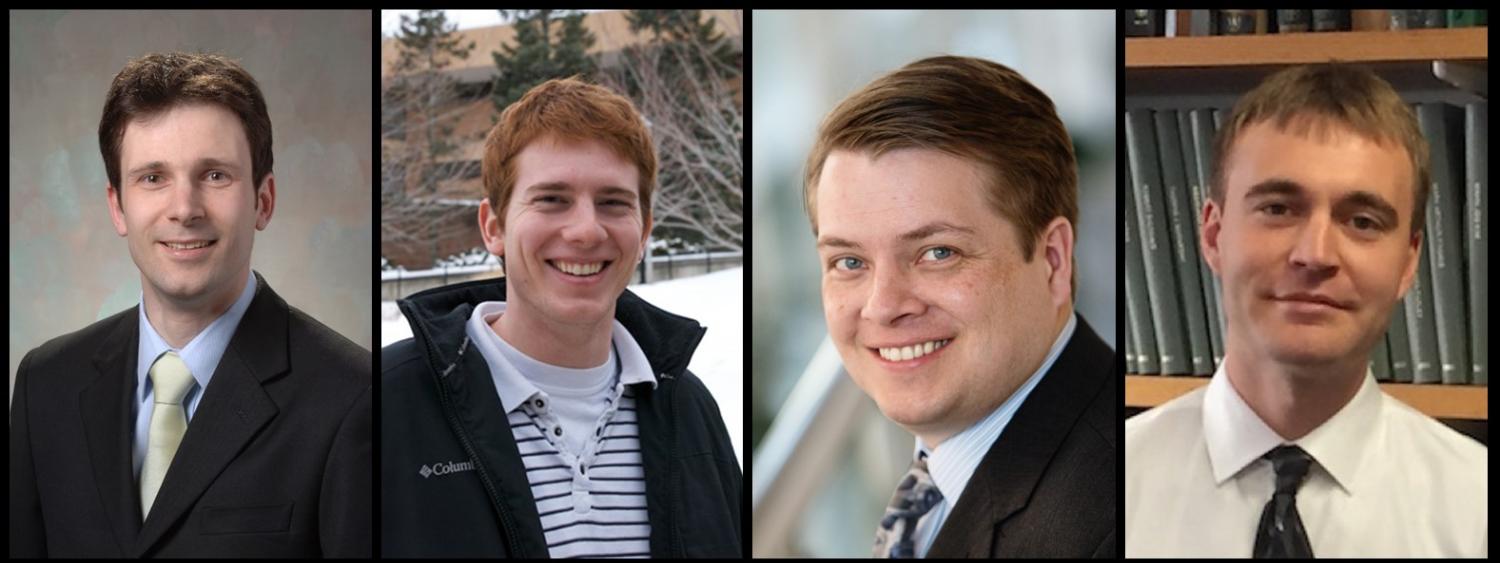
Associate Professor Hendrik Heinz (nanosimulations) and Assistant Professor Adam Holewinski (catalysis) joined the department this fall. While setting up their research programs this semester, they have been teaching graduate-level Thermodynamics and Kinetics, respectively.
This coming spring, Dr. Michael Shirts (biosimulations) and Dr. Jerome Fox (synthetic biology) will join the department at the Associate and Assistant Professor levels, respectively. While Shirts will teach graduate-level Numerical Methods in Chemical Engineering, Fox will instruct the undergraduate students in Biokinetics.
Read more about each of these outstanding new faculty members below.
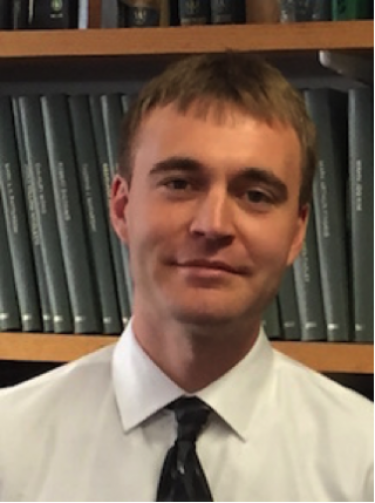 Assistant Professor Jerome Fox’s research focuses on the development of new tools to interrogate and engineer biocatalytic networks (natural and synthetic). He is particularly interested in the application of those tools to problems in energy (e.g., the production of sustainable fuels) and human health (e.g., the discovery of new pharmaceuticals and pharmaceutical mechanisms).
Assistant Professor Jerome Fox’s research focuses on the development of new tools to interrogate and engineer biocatalytic networks (natural and synthetic). He is particularly interested in the application of those tools to problems in energy (e.g., the production of sustainable fuels) and human health (e.g., the discovery of new pharmaceuticals and pharmaceutical mechanisms).
Fox received a BS in environmental engineering from Johns Hopkins University (2007) and a PhD in chemical engineering from the University of California, Berkeley (2012). At Berkeley, Fox was an active member of the energy community; he carried out his graduate work in the Energy Biosciences Institute under the direction of advisors Doug Clark and Harvey Blanch, served as an executive board member of the Berkeley Energy and Resources Collaborative, and co-chaired the Berkeley Energy Symposium. After graduating, Fox moved to Harvard to work as a postdoctoral fellow in the lab of George Whitesides. There, his research spanned the interrelated areas of molecular recognition and dissipative systems (notably, flames). Fox is the recipient of an NSF Graduate Research Fellowship.
Outside of science, Fox enjoys the arts.
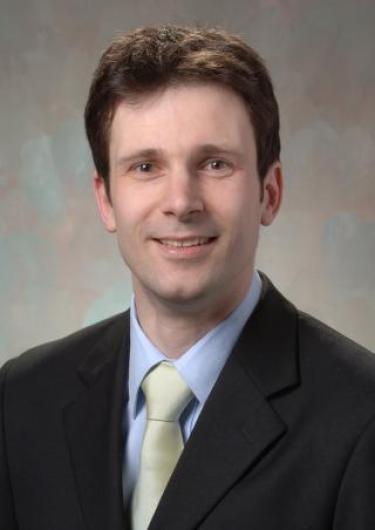 Associate Professor Hendrik Heinz works on simulation of biological and nanostructured materials at the 1 to 1000 nm scale, specifically inorganic-organic interfaces, nanocrystal growth, alloys, biocatalysts, and advanced polymer composites. He also focuses on the development of accurate force fields and a uniform simulation platform for organic and inorganic compounds across the periodic table.
Associate Professor Hendrik Heinz works on simulation of biological and nanostructured materials at the 1 to 1000 nm scale, specifically inorganic-organic interfaces, nanocrystal growth, alloys, biocatalysts, and advanced polymer composites. He also focuses on the development of accurate force fields and a uniform simulation platform for organic and inorganic compounds across the periodic table.
Heinz obtained a BS in chemistry from the University of Heidelberg in 1997 and a PhD in materials science and engineering from ETH Zurich in 2003. He completed a post-doc at the Air Force Research Laboratory before serving as first an assistant and then associate professor at the University of Akron. He has won an NSF CAREER Award as well as the Max Hey Medal.
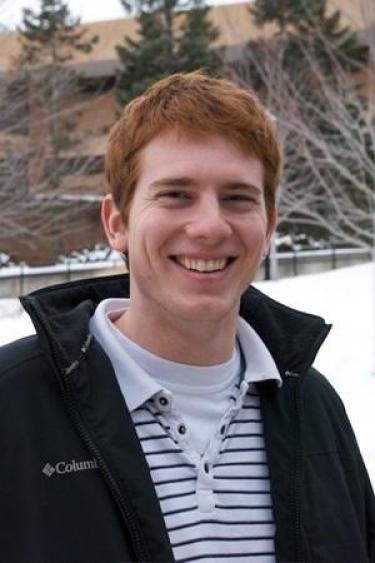 Assistant Professor and RASEI Fellow Adam Holewinski is focused on efficient, renewable, and environmentally benign catalytic processes for the production of energy, as well as commodity and fine chemicals. He is particularly interested in electrochemical routes—i.e. the direct interconversion between electrical energy and the energy of chemical bonds. These processes are particularly suited to utilize power from renewables like wind and solar and can generally operate at higher efficiency and in numerous cases also provide access to different product selectivity than their thermochemical counterparts. Emphasis is placed on fundamental characterization of interactions between molecules and (electro)catalytic surfaces to understand reaction mechanisms for the design and optimization of next-generation catalysts.
Assistant Professor and RASEI Fellow Adam Holewinski is focused on efficient, renewable, and environmentally benign catalytic processes for the production of energy, as well as commodity and fine chemicals. He is particularly interested in electrochemical routes—i.e. the direct interconversion between electrical energy and the energy of chemical bonds. These processes are particularly suited to utilize power from renewables like wind and solar and can generally operate at higher efficiency and in numerous cases also provide access to different product selectivity than their thermochemical counterparts. Emphasis is placed on fundamental characterization of interactions between molecules and (electro)catalytic surfaces to understand reaction mechanisms for the design and optimization of next-generation catalysts.
After completing his BSE at the University of Michigan in 2007, Holewinski went on to obtain a PhD at the university in 2013 under the direction of Dr. Suljo Linic. Afterwards, he conducted postdoctoral work at the Georgia Institute of Technology under the advisement of Dr. Chris Jones.
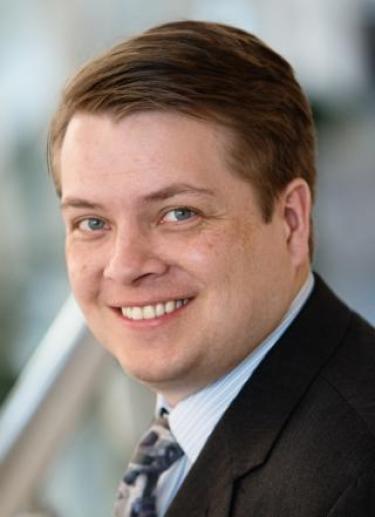 Associate Professor Michael Shirts uses theory and computation to design and characterize new materials at the molecular level. Current applications of interest include designing improved drugs through in silico prediction of binding affinities and other physical properties as well as creating improved purification membranes. He is especially interested in the development of computational tools that can fundamentally change molecular design by making searches for novel properties through chemical space much faster and more reliable.
Associate Professor Michael Shirts uses theory and computation to design and characterize new materials at the molecular level. Current applications of interest include designing improved drugs through in silico prediction of binding affinities and other physical properties as well as creating improved purification membranes. He is especially interested in the development of computational tools that can fundamentally change molecular design by making searches for novel properties through chemical space much faster and more reliable.
Shirts received his AB in chemistry from Harvard and his PhD in chemistry from Stanford, where he was a Hertz Fellow. At Stanford, he helped found the Folding@Home distributed computing platform, which allows hundreds of thousands of volunteers to contribute their spare CPU cycles to solve biophysical problems. He was a NIH NRSA Fellow at Columbia University, where he switched into chemical engineering. Shirts was most recently an assistant and then associate professor of chemical engineering at the University of Virginia, where he received an ACS Young Investigator Award and an NSF CAREER Award.
Shirts is excited to return to Boulder, where years ago he attended kindergarten at Bear Creek Elementary while his father worked at JILA. He now lives less than a quarter of a mile from where he lived when he was 5 and is looking forward to walking his own son to Bear Creek for kindergarten in a few years.
